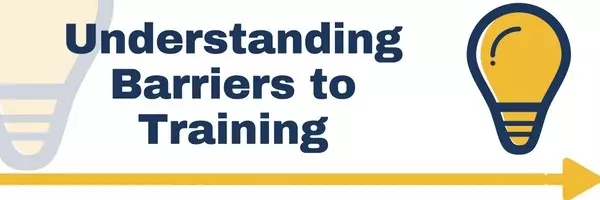Mobile Apps Transform Medical Training

Fact: An estimated 500 million smartphone users worldwide now rely on health care applications, and by 2018, an estimated 50% smartphone and tablet users will be using health care applications.
Anatomy instruction is a major part of medical training, but the field is currently also in flux. In the past, anatomy was primarily taught with the aid of workbooks and through dissections. Today, dwindling resources combined with increased pressure from the animal rights movement are changing how anatomy is taught. In short, more medical schools are moving from lab to screen to tighten their budgets and respond to critiques from animal rights activists.
As a result, anatomy instruction is also increasingly moving from the classroom to various forms of elearning. After all, if you eliminate the lab and replace textbooks with elearning modules, why hold traditional in-person classes at all? By and large, evidence suggest that while some courses may still be best taught in person, many others can be effectively or more effectively delivered online and even via mobile apps; anatomy instruction appears to fall into the latter category. A study on one of the newest innovations in anatomy education, the 4natomy mobile app, demonstrates why this is the case.
Measuring the Effectiveness of eLearning Apps
As reported in Derek Harmon, Eileen Kalmar and Jennifer Burgoon in “Development and Implementation of a Novel Integrated Anatomical Sciences Mobile App for Medical Students,” an article recently published in The Federation of American Societies for Experimental Biology Journal, the 4natomy mobile app was developed to run on the Apple iPad and tested on a group of second-year medical students at The Ohio State University College of Medicine. As Harmon, Kalmar and Burgoon explain, “The mobile app focused on spinal cord anatomy and was available for all first year medical students to download and use during the associated curricular block.” Following the the students’ final exam, researchers distributed a 26-question survey based on the technology acceptance model to measure students’ acceptance of the new technology and assess “the relationship between students’ perceived ease of use, perceived usefulness, perceived enjoyment, personal innovativeness and behavioral intention towards using the 4natomy mobile app.”
The researchers discovered that students were highly positive about the apps’ impact on their level of instruction in the field of anatomy: 106 of 195 first-year students downloaded and used the app at least one time. Of these 106, 75.5% completed the survey. By and large, they found that students’ self-perception of the app being innovative and useful was “the strongest determinant of intention to adopt the mobile app in the future.” As such, the researchers emphasize “the importance of developing mobile resources that students perceive to be easy to use and useful in the context of the evolving medical school curriculum.”
The Future of eLearning Apps in Medicine
Notably, the 4natomy mobile app is only one of thousands of medical apps already on the market. An estimated 500 million Smartphone users worldwide now rely on health care applications. By 2018, an estimated 50% of more than 3.4 billion Smartphone and tablet users are expected to be using health care applications. Why? Because smartphone applications are increasingly being recognized as critical to all forms of medical communication, research, diagnostics, and patient monitoring. This no doubt explains why an estimated 85% of medical providers working in Accreditation Council for Graduate Medical Education medical training programs already report using Smartphones in some capacity, and why 79% of medical students reported having 1 to 5 medical apps on their smartphone.
While medical apps are popular with people across the medical professions, most studies conclude that residents are more likely to rely on medical apps their supervisors. Moreover, the most popular apps are those focused on textbook material/reference (e.g., apps such as 4natomy) followed by exam preparation apps followed by apps designed to assist with classification and treatment algorithms. The elearning apps that continue to lag behind in medicine generally fall under the extended enterprise category (e.g., patient education materials and industry-sponsored device information) rather than traditional education category. Moving forward, however, one can expect to see more patient education and customer education happening via medical apps as well.

